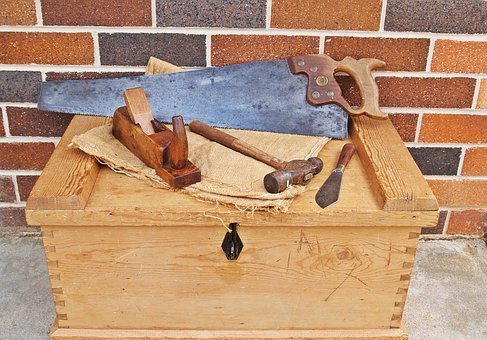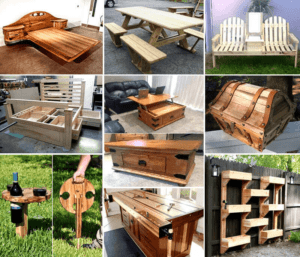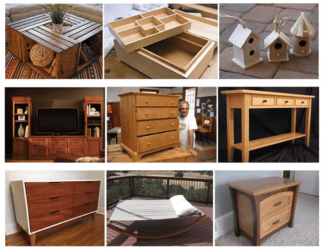Have you ever wished that one day you wouldn’t just be able to repair or renovate old furniture like chairs, cabinets, doors, and tables when they break or require major work? Have you ever wished that you could construct new items out of wood so that you could replace your outdated items at home without breaking the bank or earn extra money accepting products created out of wood upon request? Whether self-satisfaction, financial gain, or savings are your driving forces, you want to develop into a skilled woodworker.
You must first possess the necessary equipment to perform the task. Of course, this does not imply that you must use all the credit on your cards or deplete your life savings to purchase every tool you see advertised in catalogues or brochures. Start with the fundamentals. When you are about to start your woodworking experience, this is a useful tip to remember:
Start with something straightforward, like a birdhouse. Don’t start a complicated project right away just because you can picture how great it will look when you’re finished. On your first attempt, you can wind up giving up on carpentry altogether out of frustration.
Check out the supplies and equipment required for the project once you’ve made your decision. You can download and print designs and their accompanying bills of quantities, as well as the necessary equipment, from the Internet for reference.
After finishing your first project, proceed to the following one that calls for the same tools. You’ll be able to get more comfortable using your tools as a result. Once you are very comfortable with your tools, you can go on to other projects that call for one or more new tools. You will discover over time that you have gradually increased your toolkit and that you have steadily advanced toward more and more intricate projects.
In addition to having the appropriate tools, a good woodworker needs to be familiar with the materials he uses (through research, learning from others, and personal experience) and how to make the most of their properties in order to build or create the best wooden items possible for both his own satisfaction and business goals.
For instance, you need to be aware of the best types of wood for indoor and outdoor projects. There are certain wood species that do better in continually fluctuating climates, while there are others that prefer stable climes with little exposure to the elements. Another illustration relates to the requirements of jointing, specifically, that parallel jointing (or joining two pieces of wood together along the long grain side) is far stronger than perpendicular jointing (or jointing between two pieces of would where one is jointed at the short grain side).
Get more information on woodworking.




Great idea. I loved it. Awaiting for next blog.